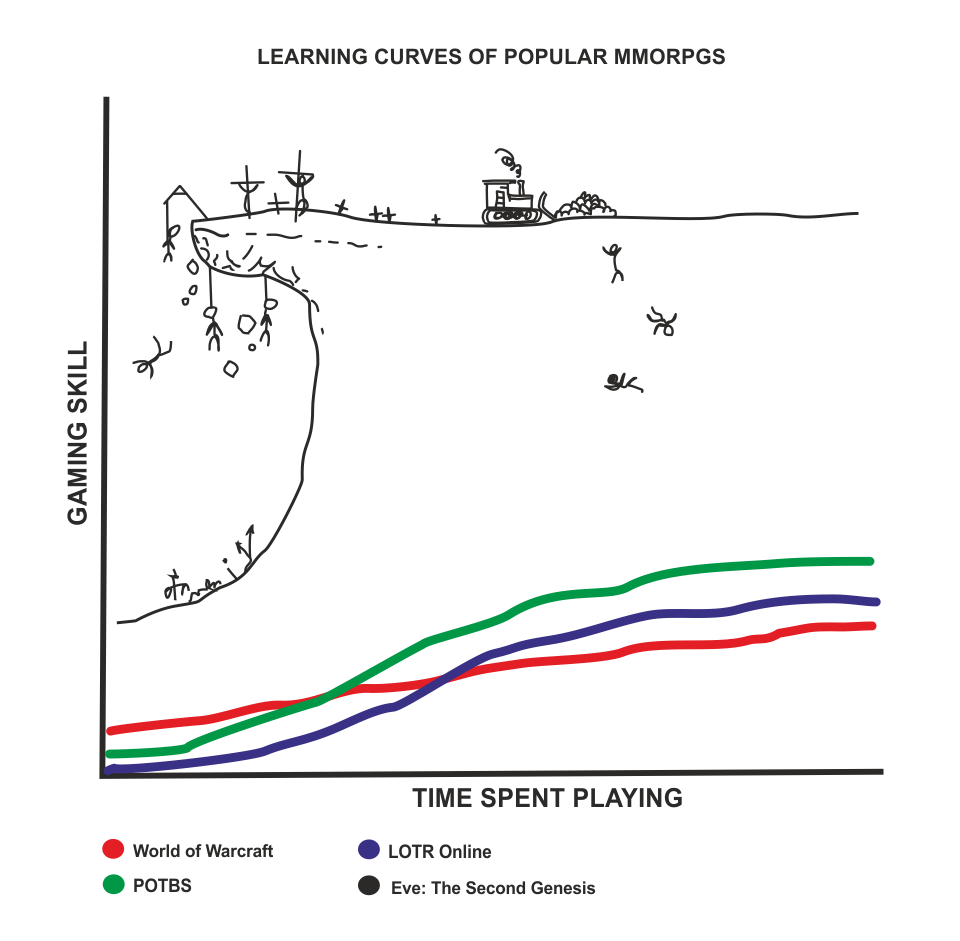Let’s introduce more terms as we workshop the next steps
Prototype
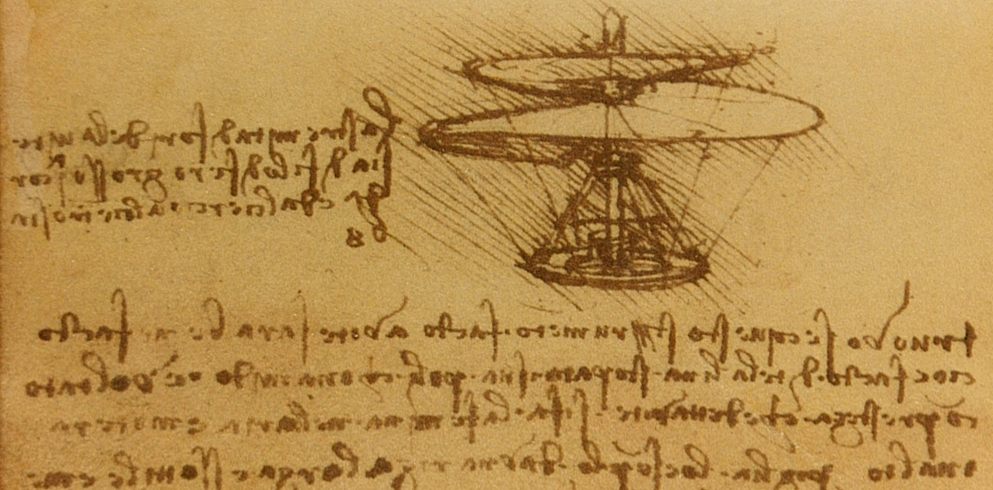
-A game prototype is not a finished product but a dynamic, computational “sketch” of your game, a proof of concept.
-Prototypes are usually developed with the fastest techniques: paper or accessible tools like processing or flash.
-Because of that, prototypes are typically thrown away even if they are successful. The development starts from scratch.
-Prototypes use placeholder assets, concept art can be done separately to set a style and visual/polish goal
-Most prototype fail: turn out to not be good or feasible ideas or don’t generate the desired dynamics (fun or else). And that is not a problem.
Feedback and collaboration is not always useful in prototyping:
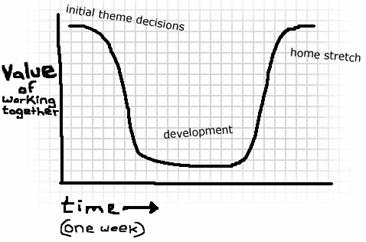
*From How to Prototype a Game in Under 7 Days
From a good prototype you should be able to tell:
* Can the player make meaningful decisions?
* Is the player getting the feedback they require to make good decisions?
* Are the major risk / reward schedules in place?
* What is the pacing of the experience?
* Is there enough meat here to hang the rest of the game on?
From Common game prototyping pitfalls
Sometimes student projects turn out to be proof of concept for bigger games.
Braid was prototyped in one week, but the time manipulation was just the beginning.
Each world introduces a new core mechanic that forces you to reconsider all the patterns you learned before.
Scope
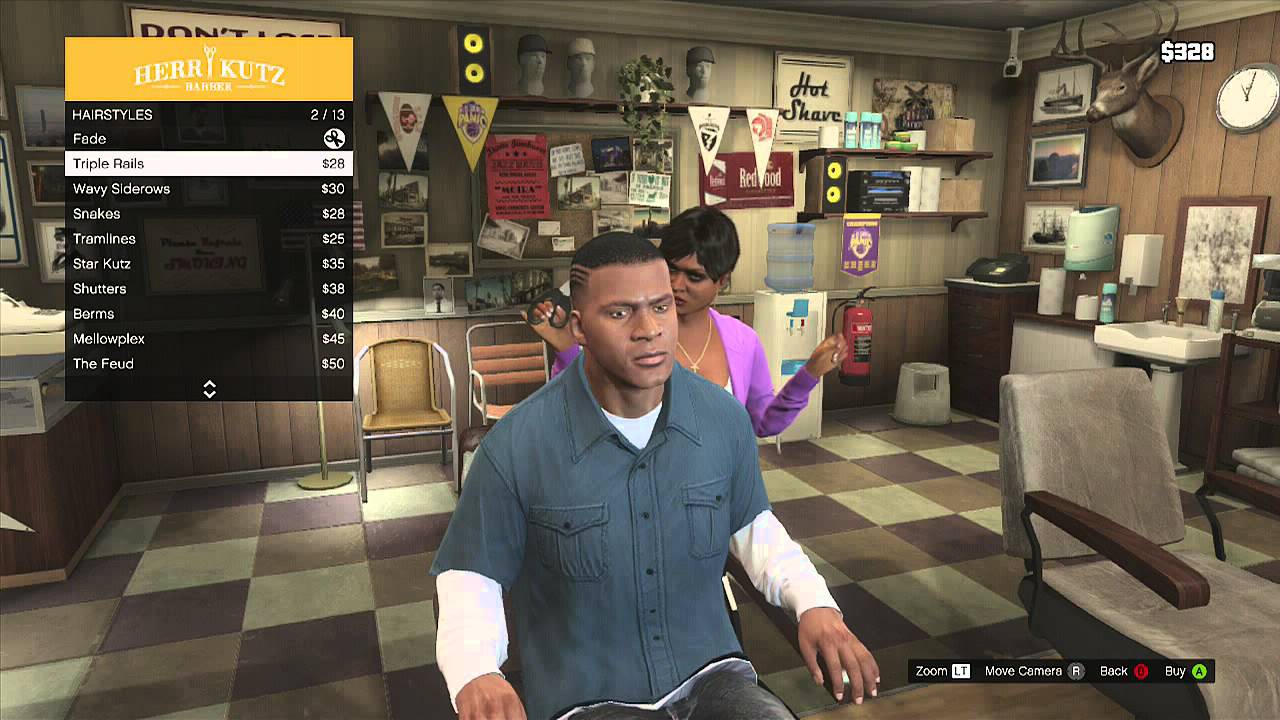
Breath and depth are closely related to the scope which is the planned complexity of a game (in terms of feature, content and systemic detail).
It’s quantitative and qualitative and usually defined in a game design document. How do you simulate a city or the life of a criminal?
Feature Creep: adding more features after the scope has been defined.
Overscoping: aiming for more than you can achieve in the given timeframe.
To avoid overscoping:
– stay away from content heavy projects
– identify the core mechanics immediately
– try to reduce them even more
– make a feature complete prototype with all the core mechanics as soon as you can.
Instead of adding new elements from the beginning explore all the possibilities created by these mechanics and then add only a new one at a time. If it opens up a new space of possibility combining and reinforcing the existing ones, then it’s a feature worth pursuing.
If you need a minigame or a subgame or a cutscene to make your game work, you are on the wrong track.
When you are scoping a project find out examples of games with a similar complexity made by similarly experienced people in a similar timeframe.
Learning Curve
CLOP’s learning curve is quite literal
All the best games are easy to learn and difficult to master. They should reward the first quarter and the hundredth.
-Nolan Bushnell
Ian Bogost argues that learnability has more to do with Familiarity rather than simplicity (pong based on ping pong, Braid based on super mario) and mastery in most videogames boils down to habituation, the sense of being in control, which makes the game rewarding/addictive.
Difficulty level
The difficulty level is related to the learning curve. Games can compensate the mastery acquired by the player in order to provide an incremental challenge.
The increasing difficulty in Space Invader was a result of hardware limitations (more aliens on screen = slower rendering) the designer decided to take advantage of.
Extreme difficulty level can create intense levels of engagement in certain players. If depth is related to mastery, the learning curve can be part of the equation:
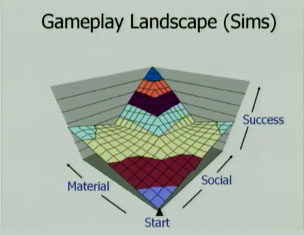
Will Wright talks about a gameplay landscape in sandbox games, the player is free to explore. In the Sims the more stuff and relationship you have the more complications you encounter.
Flow
By Jenova Chen who wrote a thesis on flow in game design
What are some games with a good flow? What are the strategies they use? E.g. Dynamic Difficulty Adjustment for flOw (and slot machines), forgiving gameplay for Bejeweled and 2048?
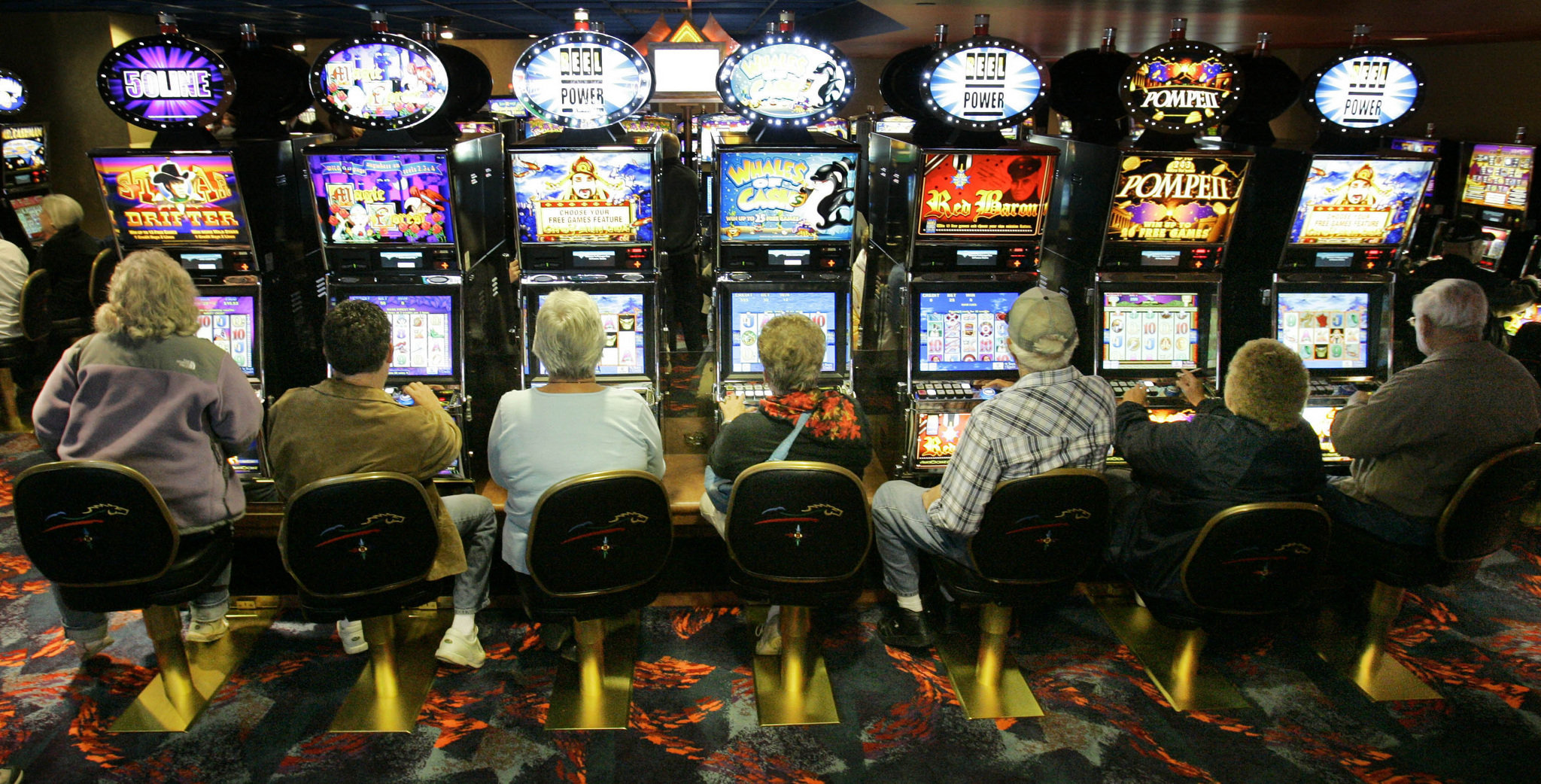
Playtesting
Playtest is the process of testing an unreleased game for bugs and problems. As you develop a game you are constantly testing, tweaking and debugging it, but it’s important to involve other people and not just at the very end.
1- Play the other group game
2- Designers don’t say anything (except controls and brief instructions that would be communicated by the game) and just take notes while the other play.
3- Playtesters try a few sessions playing normally, and then a session playing with the intent of trying to break the game (Quality Control).
As you play try to explain what you are thinking and what motivates your choices, but don’t ask the designers too many questions, don’t critique as you play.
4- When you are done playing you can have a proper conversation with comments and feedback.
5- Switch roles.
Secondary mechanics
Let’s assume that at this point you have a prototype worth completing. The core mechanics are all there, and they seem to work.
You may need to introduce secondary mechanics or more “levels” (in the broad sense) that balance the game, fix some minor problem, add variety, add longevity, characterize the game more from a visual or narrative standpoint.
Botolo has different play fields and special powers that add variety and depth.
What are some secondary mechanics that would make sense in your project?
Style/presentation/theme
In this assignment you likely approached the development from the mechanics side as opposed to the visual or narrative side.
It’s time to find a style that complement and valorizes your gameplay.
What are some words or adjectives that describe your gameplay?
What kind of images do they yield when typed on google images?
Find a soundtrack that works as background for your prototype.
Find three images from three different media *excluding videogames* that could serve as visual references for your style.
It’s not exactly clear why Cuphead employs that style other than “it’s cool”, it doesn’t really say anything associated to that era of animation, but it worked as a mark of distinction and it fits the side scrolling, somewhat simplistic gameplay.
Settle on a title and devise a logo for the project.
Look for a unique, search-engine-friendly title. What fonts are you using?
Papyrus is a cliche’ font but it’s appropriate for avatar.
Create a mock screenshot of your game.
Game Juice / Game Feel
These talks are casual, a bit goofy and performative but they describe aspects of the game that can really make a difference: how the game provides a feedback, how to make every action feel satisfying, what are some simple strategies to make a game feel more alive and dynamic…
Title screen, menu, GUI
The non game parts
Try to limit options screens, menus, GUI (Graphic User Interface) and tutorials to the minimum.
Titles, tutorials, and interfaces elements can often be integrated within the game without increasing the clutter.
In Windosill the title is level two, after a kind of tutorial
In the Graveyard the title appears cinematically, after you start.
cold start
In Journey the variable length scarf replaces a GUI element. The walk animation changes to communicate energy (coldness).

